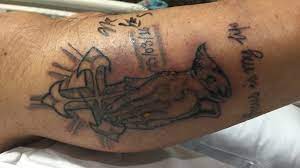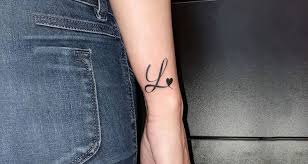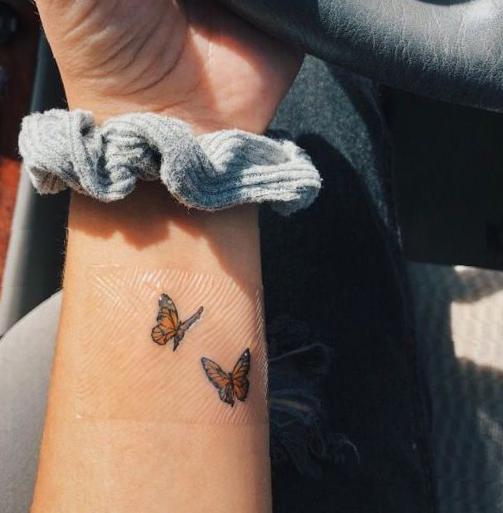
Tattoos have become fashionable with many people and are no longer just reserved for sailors or biker gangs. However, getting a tattoo opens the skin to germs, which can cause infection.
1. Fever
When you get a new tattoo, it is normal to experience redness, swelling, and bumpy skin. However, if these symptoms worsen or do not improve within a few days, it is essential to seek medical help immediately. Signs of infection in Tattoos include fever, swollen lymph nodes, pus production, and red streaks on the skin. Having a fever indicates that your body is fighting off the bacteria at the site of infection, so it is crucial to stay hydrated, eat well, and rest to prevent dehydration. If fever becomes a pattern, it could indicate an allergic reaction, and you should consult your tattoo artist for prompt treatment. Antibiotics may be required for effective management, typically 7-14 days.
2. Swelling
Itching and redness are common side effects of tattoo healing. However, if these symptoms persist or worsen over time, it may indicate an infection. Infections often cause swelling and discomfort and can even be painful, leading to bleeding. If your tattoo becomes inflamed, visit your physician to prevent further spread of infection. Smoking, poor diet, lack of sleep, and compromised immune systems increase the risk of tattoo infections. Medical conditions like diabetes or cancer can make you more prone to infections, and consulting a dermatologist may be beneficial.
3. Itching
Tattoos create open wounds that make them susceptible to germs and bacteria, causing infections. Following proper aftercare guidelines and regularly cleaning your tattoo can help keep bacteria at bay and expedite healing. Itching is a normal part of healing, but if it persists or intensifies with other symptoms, it could indicate an infection. Itching may also indicate an allergic reaction to tattoo ink or care products. In severe cases, immediate medical intervention may be necessary if rashes appear all over the body or in specific areas due to contaminated ink.
4. Redness
Tattooing creates open wounds that allow bacteria to enter, leading to red and tender areas that may ooze or emit foul smells. Itching may also occur. While minor scabbing and itching are normal during healing, prolonged itching or an outbreak lasting more than a few days may suggest an infection. If scabbing deepens with red hues and streaking lines, it could indicate blood poisoning (septicemia), which requires immediate medical attention. Substandard ink or an allergic reaction to tattoo ink can be the cause.
5. Bacteria
Infections caused by bacteria near Tattoos present as rashes, pus-filled bumps, or raised red spots that are painful or itchy. It is crucial to take these symptoms seriously, as any infection can have severe complications requiring medical attention. Infections can spread through contact with infected areas or using dirty needles. Tattoo ink can also become contaminated if not properly preserved. Recent outbreaks have been linked to Mycobacterium chelonae bacteria, which resulted in skin infections in multiple patients across different U.S. states. Testing revealed that all these infections were traced to a specific company’s prediluted gray ink for shading Tattoos and creating three-dimensional effects.

